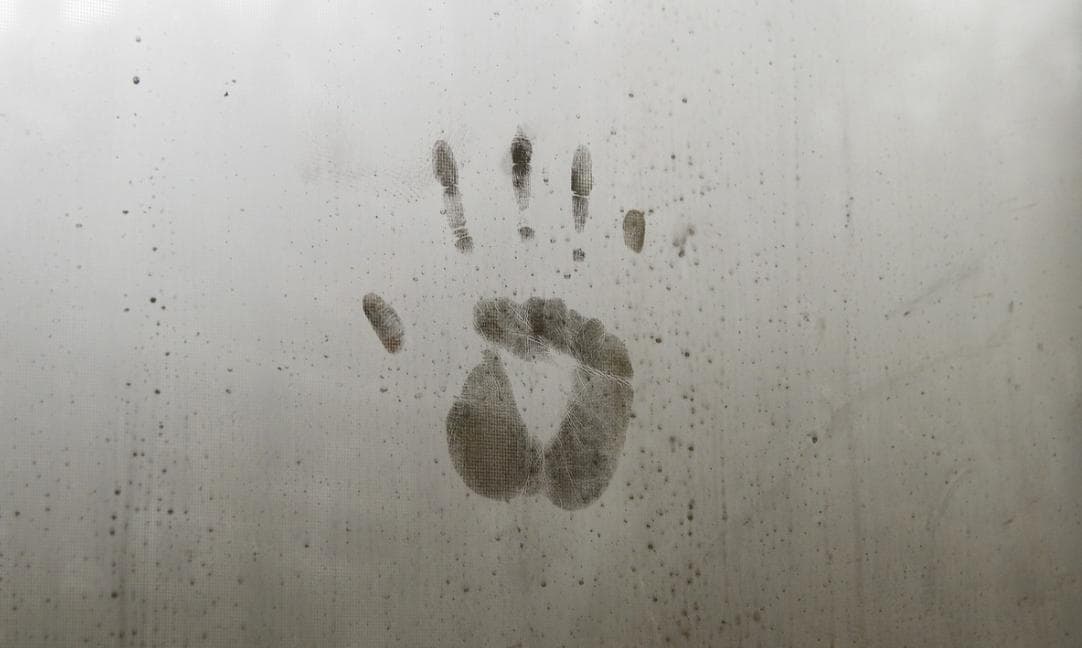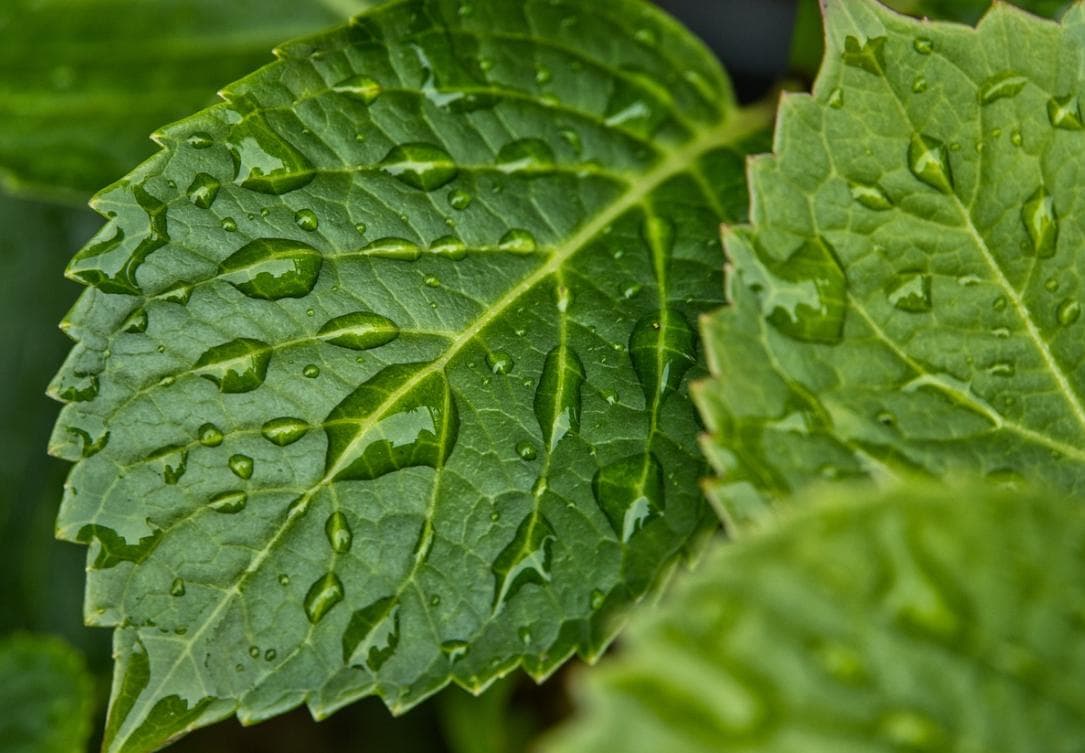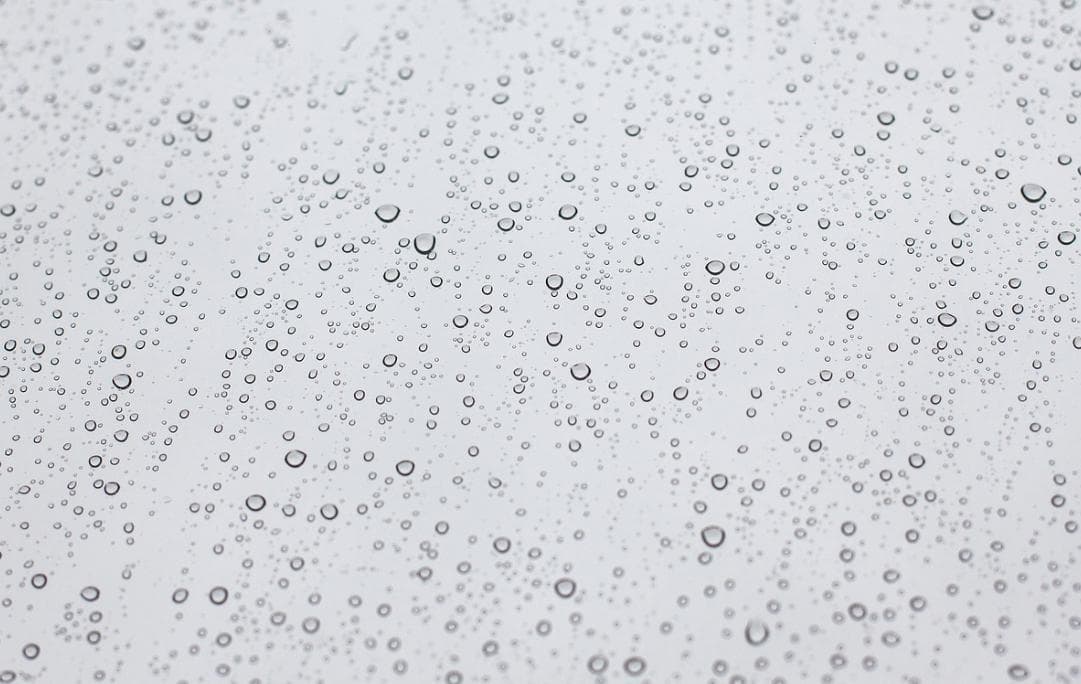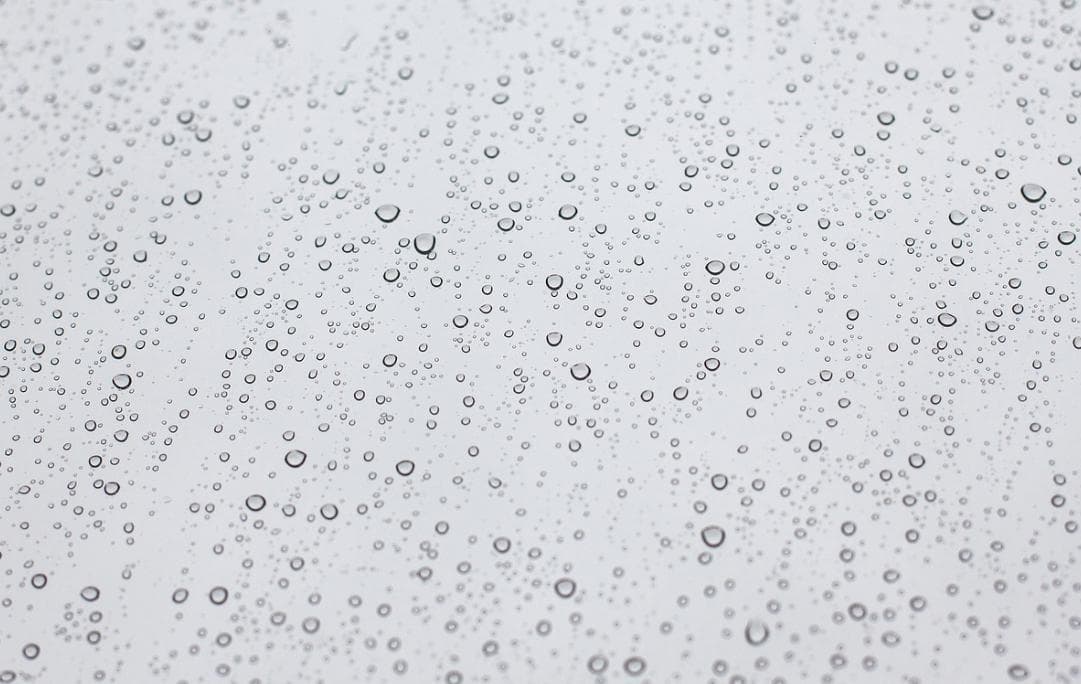Instead, evaporative coolers are known not to be efficient in humid conditions, even sometimes turning offices or houses into subtropical areas. In this way, one of the major downsides of using an evaporative cooler is that its performance is closely linked to the air's temperature and level of humidity. More importantly, it is worth considering both the benefits and disadvantages of employing evaporative air cooler/-cooling systems to determine if they are a good option for your cooling needs particularly when it comes to dealing with humidity problems. So, we deeply understand everything about evaporative cooling and its effectiveness in humid environments.

Best portable cooling devices

Evaporation Cooling Works by Increasing Indoor Humidity
Even if you do not know it, evaporation of water evaporates cooling is a process that probably has happened to you before. It’s common knowledge that happens naturally and is experienced every day such as feeling cold after getting out of a pool or bathroom or opening car windows for fresh air during a hot day. Fundamentally, the concept behind evaporative cooling is the interaction between air and moisture: any moisture around like perspiration, swimming pool water, or shower water will invariably evaporate by coming into contact with surrounding air thus providing cooler air with some degree of coolness.
It is designed as follows: hot air is sucked in the cooler and the air passes through over water-soaked pads driven by a water pump. In the whole cooling process, the liquid turns into vapor due to the absorption of water by air thereby reducing its temperature through evaporation. Then, this cooled air is supplied throughout the house using ductwork. However, it should be noted that this method also creates more humidity levels since water vapor is introduced into the atmosphere increasing humidity all through.
When do evaporative coolers work in high humidity?
In ancient Egypt, because of the hot and dry climate, evaporative coolers performance was a little better. Conversely, they work in humid Australia; however, these coolers’ efficiency mostly relies on how humid it gets outside. When relative humidity falls below 30%, they are highly effective; between 30-50% effective; while above 50% it’s better to use refrigerative air conditioners. The sling psychrometers which find out how much moisture is in the evaporative air coolers are based on two mercury thermometers – one with its bulb covered with muslin kept wet (it measures what scientists refer to as ‘wet bulb temperature’) while the other one remains exposed to ambient conditions (‘dry bulb temperature’). The efficiency of evaporative cooling is reduced by increasing humidity, which causes lower evaporation rates leading to higher temperatures.
Evaporative cooling systems can work well in areas with a wet bulb temperature of up to 22°C and still operate in areas where the wet window bulb temperatures range between 24 to 25°C although on more humid days comfort levels may be significantly reduced. While these coolers are effective during hot and arid conditions, they are less suitable during humid weather thus potentially converting indoor spaces into uncomfortably muggy environments—hence the industry nickname for evaporative coolers: “swampy” wet pads. Moreover, extended periods of high humidity can make cooler pads smell terrible as well as support dust mites and mold growth that could be detrimental to asthmatic or allergic individuals.
However, under certain circumstances, evaporative cooling might still be an option depending on one’s preferences and tolerance for heat, cold air, and high humidity levels. For such people who do not tolerate heat or feel uncomfortable in dampness, they should use refrigerative air conditioning, specifically, reverse cycle systems in either split or ducted configurations. In addition, this alternative does not only provide respite during muggy days but also warms during colder months.
If evaporative cooling is not a good choice for you, you could go for reversing the cycle and achieve a more energy versatile and stay cool and cozy atmosphere all year round.

How Does Humidity in the Atmosphere Affect the Performance of an Evaporative Cooler?
It is essential to understand that evaporative cooling systems contribute to increased indoor humidity, especially among those living in already humid climates or during particularly humid days. The principle behind evaporative cooling is more effective in dry climates due to the lower initial moisture content in the outdoor air above; thereby, this allows the warm air to absorb more water from the cooler pads hence significantly reducing indoor temperature.
However, more humid areas have higher amounts of water vapor at the start, making it difficult for them to take much water from cooler batteries. This decreases dry air and reduces their cooling as well as creates an indoor environment that has high levels of moisture thus adding humidity promising discomfort and stickiness.
So evaporative coolers are less effective in more hot and humid environments:
- Evaporative cooling works best when the fan and surroundings have less than 40% humidity levels.
- With relative temperatures rise and humidity up to 70%, the efficiency of such systems reduces.
- The evaporative cooling effect is not effective if the relative humidity of the room goes beyond 70%.
What is the highest humidity and air temperature at which the evaporation process and cooling will work? Looking at it from a technical angle means grasping wet and dry bulb temperature principles. The wet bulb temperature refers to what a thermometer indicates when it is wrapped in a damp cloth, while the dry bulb's hot or warm air or temperature denotes the normal atmospheric temperature that an exposed thermometer measures (ambient air). At this point, when relative humidity equals 100%, wet and dry bulb temperatures merge indicating the air’s above saturation point level where there can be no more absorptions of moisture by the atmosphere which therefore makes evaporation cooling stop working properly. Thus, as the difference between dry-bulb and wet-bulb temperatures increases, evaporative cooling becomes more effective.

FAQs:
1. What are the optimal humidity levels for the efficiency of the evaporative air coolers and swamp coolers?
It is in these environments, where the humidity level drops below 40%, that evaporative coolers work best. This efficiency begins to go down with an increase in humidity levels such that performance drops significantly when relative humidity hits 70%. Beyond this point, these cooling systems no longer work. The efficiency of these systems is closely linked to the specific humidity levels and are hence more appropriate for hot and arid climates as opposed to swamp cooler to humid conditions.
2. How do high humidity outside temperatures and hot air affect the performance of evaporative cooling systems?
High humidity hampers the efficiency of evaporative cooling systems because it affects their ability to cool the air. At such moments, this product will act as a cooler that adds humidity back into the house lowering its temperature. But in such situations, there is already wet air with a lot of moisture in it hence hindering its capacity to take up more dampness from even cooler pads. Thus, they lose their power and comfort inside may feel uncomfortably moistened. In addition, excessive moisture during humid days can cause bad smell on cooler pads or allow molds to grow on them that would bring about dust mites infestation at home which are unsafe especially for persons asthmatic or allergic.



